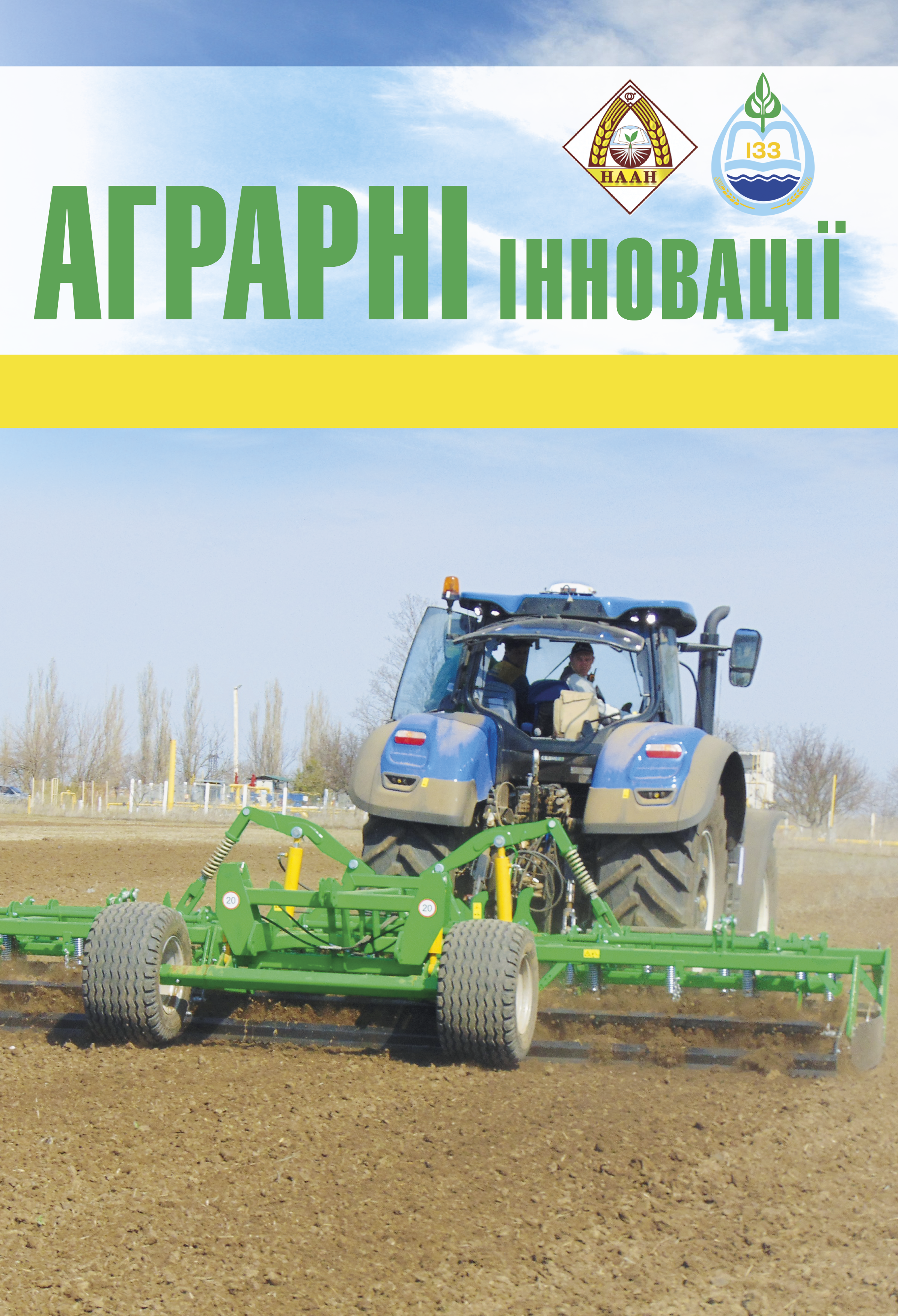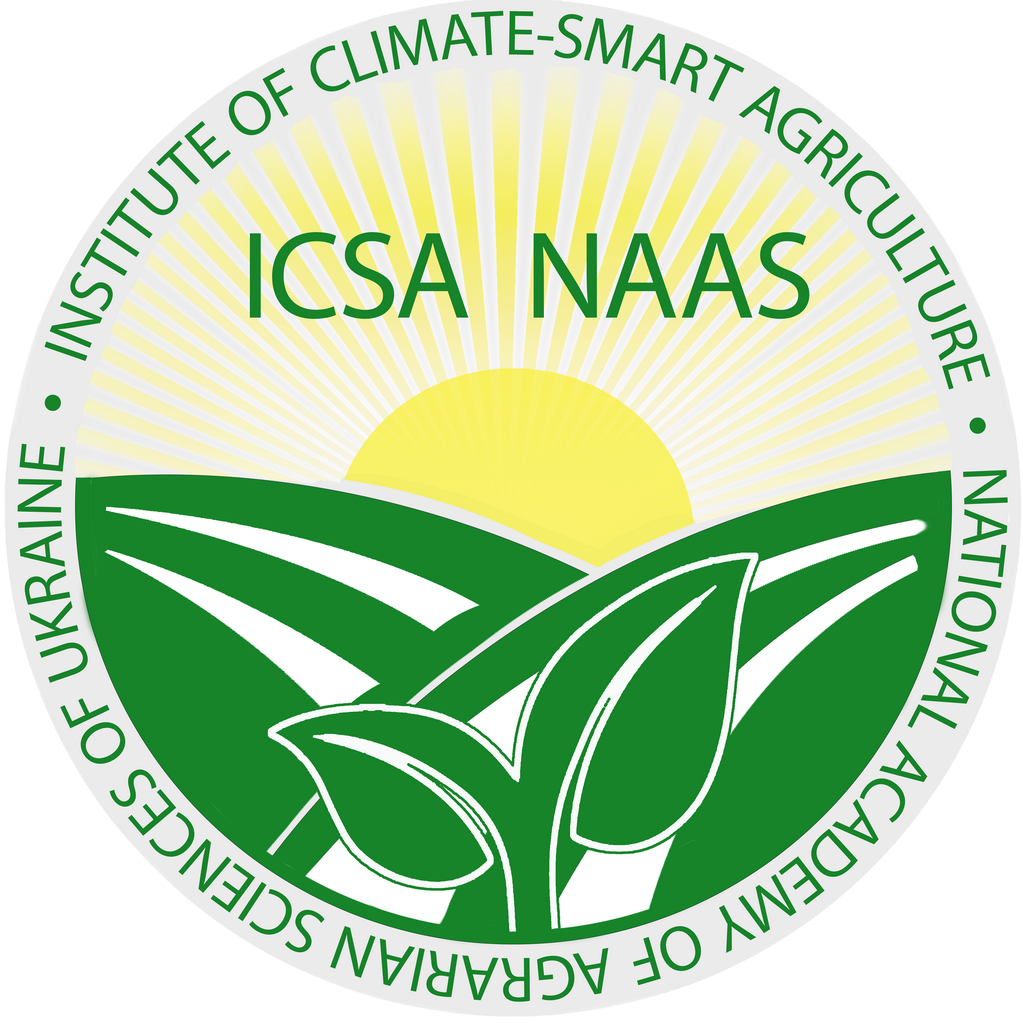Efficiency of soil herbicides in phytocoenoses of table carrot in Polissia of Ukraine
Abstract
The aim of the research was to study the effectiveness of soil herbicides for obtaining high yields of table carrots in Polissya of Ukraine. The research was conducted in 2023 – 2024 on Campino variety crops, using the following preparations: Gesagard, Racer, Stomp and Command. Table carrots, as an important vegetable crop, are characterized by low competitiveness in the initial stages of growth, which creates favorable conditions for the development of weeds. It was found that in Polissya, the main weeds that dominated carrot crops were white quinoa, bent bindweed, pochochuyu bitterroot and small-flowered galinsoga. The analysis of herbicide effectiveness showed that Racer, CE at a rate of 2.5 l/ha provided the best reduction of weeds (up to 83%) during the entire growing season, without adversely affecting the growth and development of carrots. Among other preparations, Gezagard provided 58.7% efficiency in terms of weeds number and 44.2% in terms of weight, while Command was the least effective. Stomp, KE also demonstrated good effectiveness, especially against white quinoa and common shepherd’s purse. Particular attention was paid to the dynamics of weed infestation, which was highest in June, when early spring weeds dominated. The use of herbicides significantly reduced the cost of labor-intensive manual weeding and increased carrot yields. The highest yield (58.7 t/ha) was achieved when using the herbicide Racer, KE. The study emphasizes the importance of choosing the right consumption rates and timing of herbicide application, taking into account soil and climatic conditions. The results obtained indicate the expediency of using the herbicide Reiser, CE in the technologies of growing table carrots to reduce weeds and increase production efficiency. The introduction of weed control systems for carrots based on soil herbicides in Polissya of Ukraine is recommended.
References
2. Паламарчук В. Д., Поліщук І. С., Венедіктов О. М. Системи сучасних інтенсивних технологій в рослинництві. Вінниця, 2011.431 с
3. Барабаш О. Ю., Шрам О. Д., Гутиря С. Т. Столові коренеплоди. Київ : Вищашкола, 2003. 85 с.
4. Гіль Л. С. Сучасні технології овочівництва закритого і відкритого грунту. Вінниця : Нова книга, 2008. Ч. 2. 391 с.
5. Panghal Vijay Pal, Duhan An., Duhan D., Rani P. Effectiveness of herbicides against weeds and their residual effect on soil and carrot (Daucus carota). The Indian Journal of Agricultural Sciences. 2019. № 89(10). DOI: 10.56093/ijas.v89i10.94591
6. Ojowi D S, Ariga E S, Michieka R W, Kimenju J W. Farmer-friendly strategies of managing weeds in carrot (Daucus carota L.) production. International Journal of Farm and Allied Science. 2013. № 2(4). Р. 78–82
7. Yumnam A, Mandal A R, Thapa U, Maity T K and Bhattacharya S P. Studies on weed management in onion (Allium cepa L.). Journal of Crop and Weed. 2009. № 5(1). Р. 325–336.
8. Šuk J., Hamouzova K., Hajšlová Ja. & Jursík M. Dynamics of herbicides degradation in carrot (Daucus carota L.) roots and leaves. Plant, Soil and Environment. 2021. № 67. DOI: 10.17221/46/2021-PSE
9. Saritha J. D., Ramprakash T., Rao P. C., Madhavi M. Persis-tence of metribuzin in tomato growing soils and tomato fruits. Nature Environment and Pollution Technology, 2017. № 16. Р. 505–508.
10. Бондаренко Г. Л., Яковенко К. І. Методика дослідної справи в овочівництві і баштанництві. Х.: Основа, 2001. 369 с.






